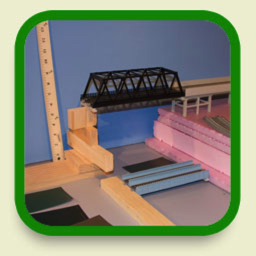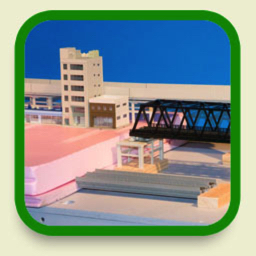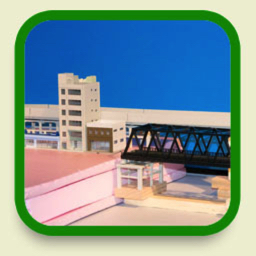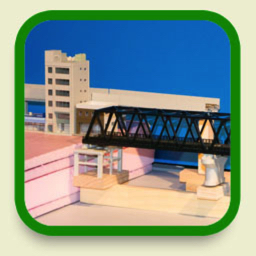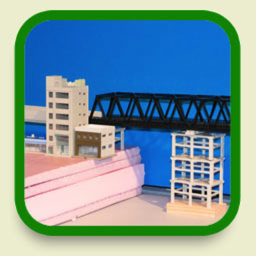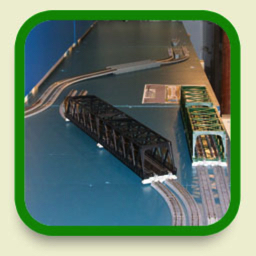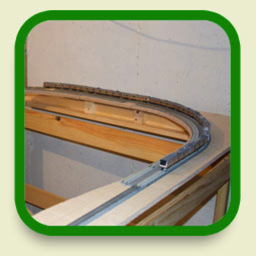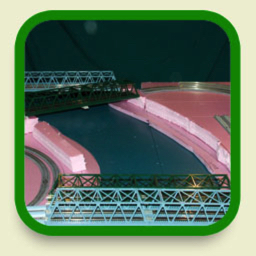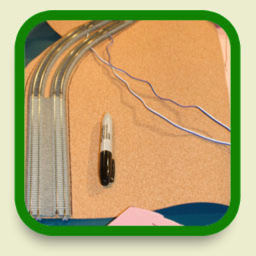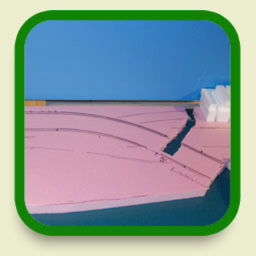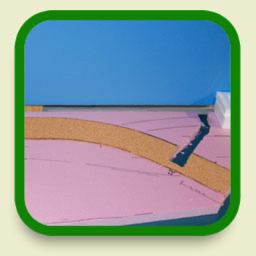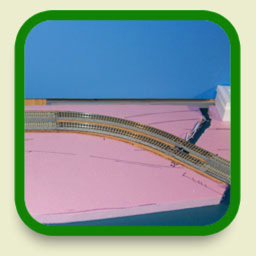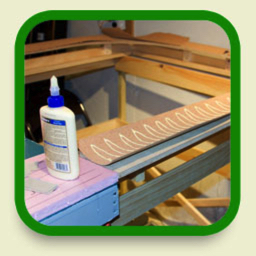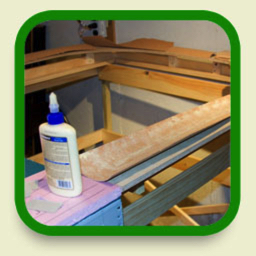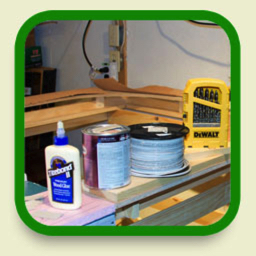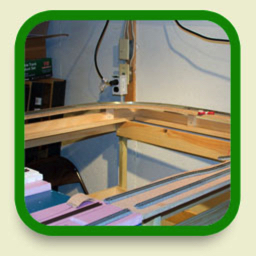Construction: Old Sumida Crossing Fall 2009 Work, Scenic Base Tests and Cork Roadbed
This page contains images from the tests I performed in the Fall of 2009 to determine how to create a scenery base using layers of insulation foam that would both look “reasonable” and provide sufficient internal space for the subway line, as well as the initial gluing of the cork roadbed for the track. The original design had called for four layers of foam, totaling close to 5 inches (125 mm) of elevation above water level, but this didn’t look very good when I tried it.
Click on images for a larger version.




